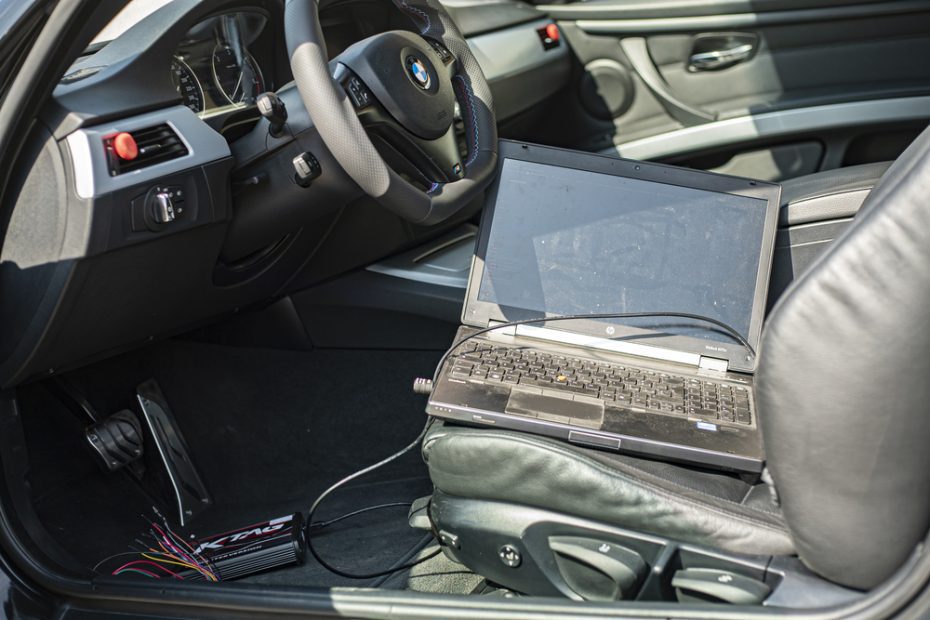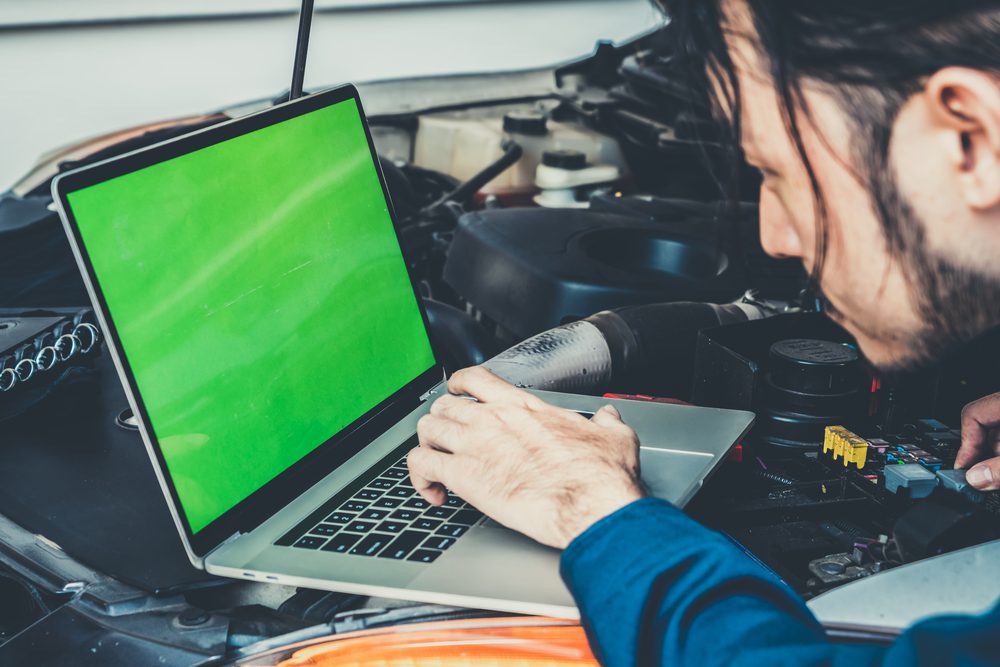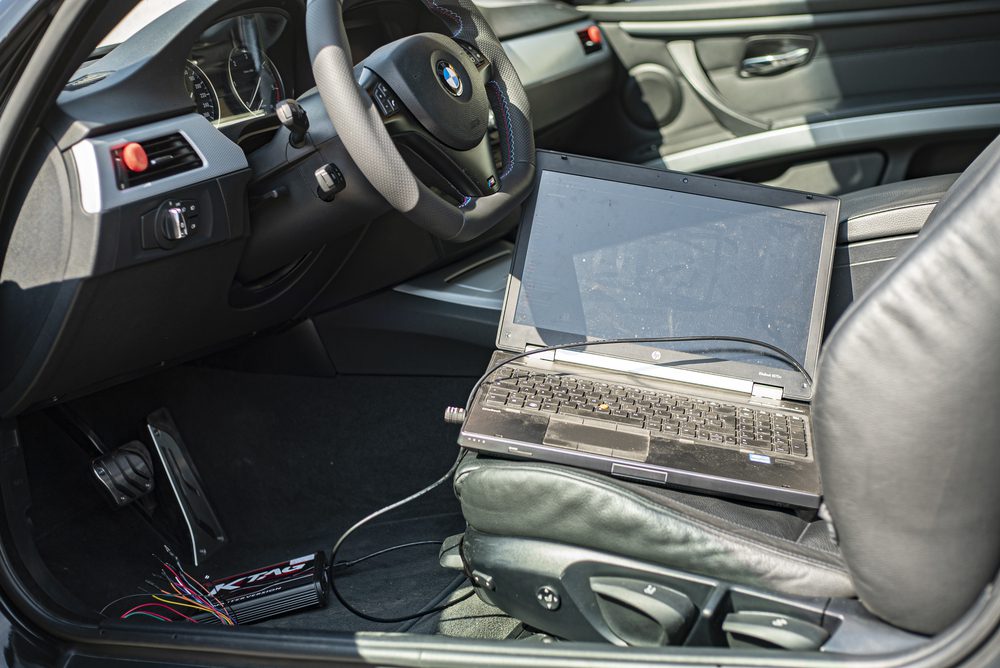Where is the car ECU located?
In modern cars, the Engine Control Unit (ECU), also known as the Engine Control Module (ECM), plays a crucial role in the functioning of the vehicle. It is responsible for monitoring and controlling various aspects of the engine’s performance, such as fuel injection, ignition timing, and emissions control. As a vital component of the car’s electronic system, it is important to know where the ECU is located within the vehicle.
Locating the ECU
The exact location of the ECU can vary depending on the make and model of the car, but there are a few common areas where it can usually be found. In most cases, the ECU is situated inside the engine compartment. It may be mounted near the engine itself, typically on one of the inner fenders or firewall. These locations provide easy access for technicians during maintenance and diagnostics.
However, some vehicles have the ECU placed in less conventional spots. For example, certain luxury cars may have the ECU mounted behind the dashboard or under the seats for better cabin integration and reduced interference with other electronics.
If you are having trouble locating the ECU in your specific car, referring to the owner’s manual or consulting with a professional mechanic would be the best course of action. They will have the necessary knowledge and experience to guide you accurately.
Identifying the ECU
Recognizing the ECU can sometimes be a bit challenging, especially for those who are not familiar with automotive components. However, there are a few key characteristics that can help in identifying the ECU:
- Size and shape: The ECU is typically a small box-shaped device. Its size may vary, but it is often around the size of a paperback book.
- Wiring connections: Look for a cluster of wires connected to the ECU. These wires play a vital role in relaying information to and from the engine sensors.
- Labeling or markings: Many ECUs have labels or markings indicating their purpose. These labels may include phrases such as “Engine Control Module” or “Electronic Control Unit”.
Once you have visually identified the ECU, it is essential to exercise caution when handling it. The ECU is a sensitive electronic component and should be treated with care, following proper procedures to avoid damage.
Importance of the ECU
The ECU is often referred to as the “brain” of the car’s engine. Its primary function is to collect data from various sensors located throughout the vehicle and make real-time decisions to optimize engine performance, efficiency, and emissions. Without the ECU, a modern car would not be able to run smoothly or meet the stringent emissions standards of today’s automotive industry.
“The ECU is like the conductor of an orchestra, orchestrating the harmony between different engine components and ensuring they work together seamlessly.” – John Smith, Automotive Engineer
The continuous advancement in technology has led to increasingly complex ECUs that are capable of processing vast amounts of data in real-time. They monitor parameters such as engine temperature, throttle position, air-to-fuel ratio, and exhaust gas composition to make precise adjustments for optimal engine performance.
In addition to engine management, the ECU also plays a crucial role in diagnostic capabilities. It can store fault codes and other valuable information related to the performance of the engine and its subsystems. This information can be accessed by professional mechanics using specialized diagnostic equipment to identify and resolve any issues that may arise.
Conclusion
The Engine Control Unit (ECU) is a vital component of modern cars, responsible for controlling and optimizing the engine’s performance. While its exact location may vary depending on the vehicle, it is typically found within the engine compartment. Recognizing the ECU can be done by identifying its size, wiring connections, and labeling. The ECU’s importance in managing engine functions and diagnostics cannot be overstated. It ensures the smooth operation of the vehicle and helps maintain compliance with emission regulations. Understanding the role and location of the ECU is valuable knowledge for both car owners and enthusiasts.



